There have been pressing finds related to current events, among them, the discovery of a “significant” palace door threshold in the ancient Iraqi city Nimrud after the area was destroyed by ISIS, as well as a 3,400-year-old city that emerged in the Tigris River as a result of the climate crisis. There were culturally significant treasures such as the ancient mosaics unearthed at the tomb of St. Nicholas who was the inspiration for Santa Claus and the rediscovery of a sprawling pre-Hispanic mural.
Others have offered a bigger glimpse into past cultures such as the ruins of a 5,000-year-old house in China, the discovery of an ancient Maya city, the unveiling of Iron Age rock art beneath a house, and a 2,100-year-old text written by a Spanish tribe previously thought to be illiterate.
While these have all been important, there are a selection that stood out among the rest. Below is a look at the 12 archaeological finds that are likely to have an impact not just this year, but on our understanding of human history for years to come.
20 Terracotta Warriors Uncovered Near the First Chinese Emperor’s Secret Tomb
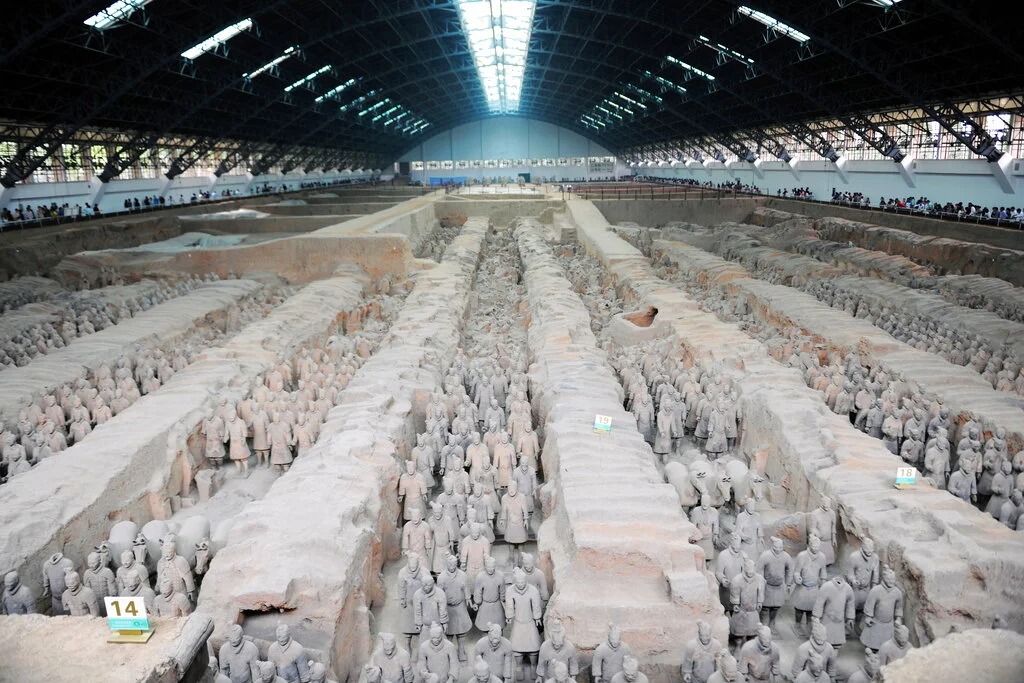
“Notable among these findings are statues of a general and a middle-ranking army officer. Pit No. 1, a section full of infantry and chariots, has a total area of 14,260 square meters. When the excavation is complete, it is expected to yield more than 6,000 pottery figures and horses.”
Thousands of Prehistoric Hunting Pits Unearthed Beneath Stonehenge
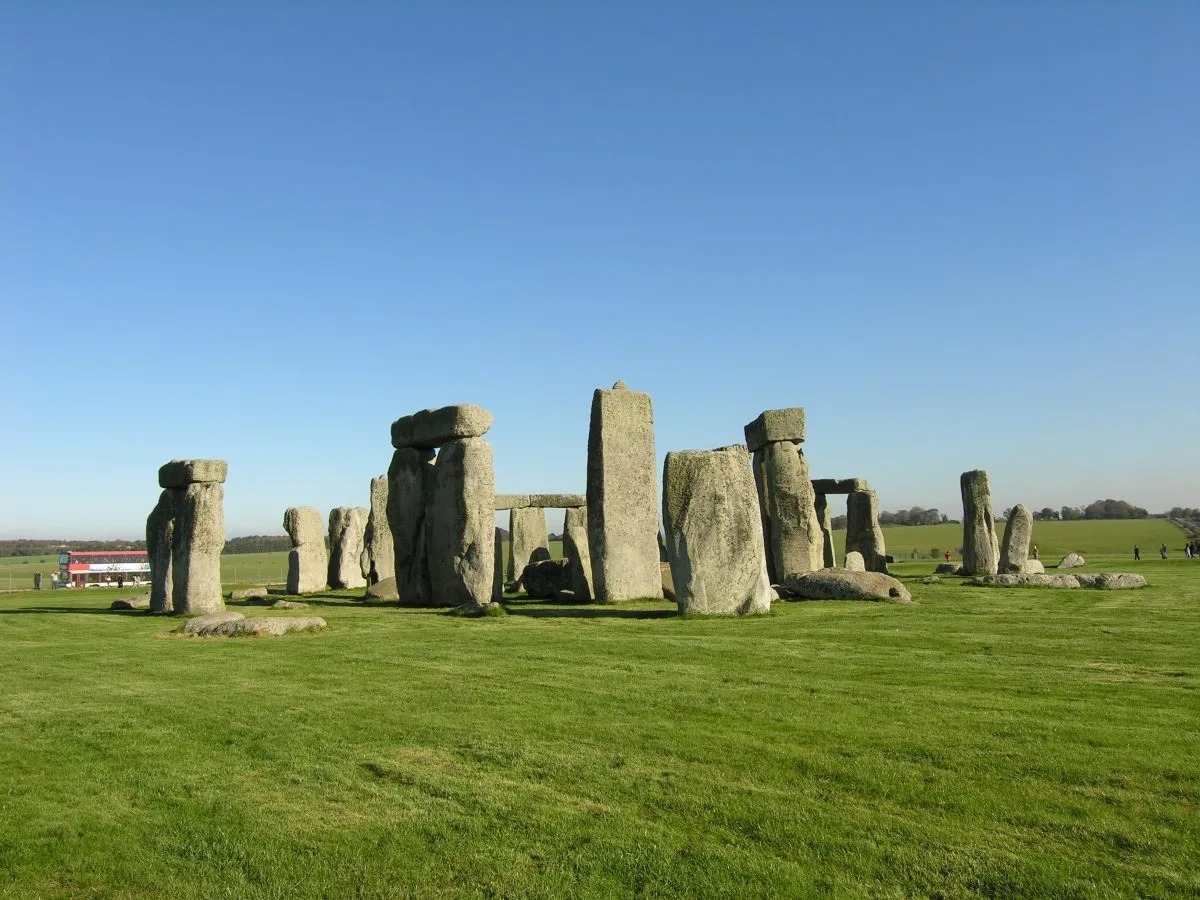
Archaeologists have unearthed thousands of pits—some of which are more than 10,000 years old—below Stonehenge that are believed to have been used by prehistoric hunters.
“Paul Garwood, senior lecturer in prehistory at the University of Birmingham, told the BBC that the pits that had been discovered were ‘not a snapshot of one moment in time.’
‘The traces we see in our data span millennia, as indicated by the 7,000-year timeframe between the oldest and most recent prehistoric pits we’ve excavated,’ he said. ‘From early hunter-gatherers to later Bronze Age inhabitants of farms and field systems, the archaeology we’re detecting is the result of the complex and ever-changing occupation of the landscape.’”
A 2,000-Year-Old Middle-Class Home Excavated at Pompeii
“The discovery, according to the archaeologists, sheds considerable light on the lives of middle-class citizens in Pompeii. The team began excavating rooms in the House of the Lararium, a middle-class domus (home) in 2018. The house is so named because it contains a lavish room with a niche devoted to worshiping lares, or domestic spirits believed to protect the household.”
The Oldest-Known Depiction of a Narrative Scene Revealed on Neolithic Bench
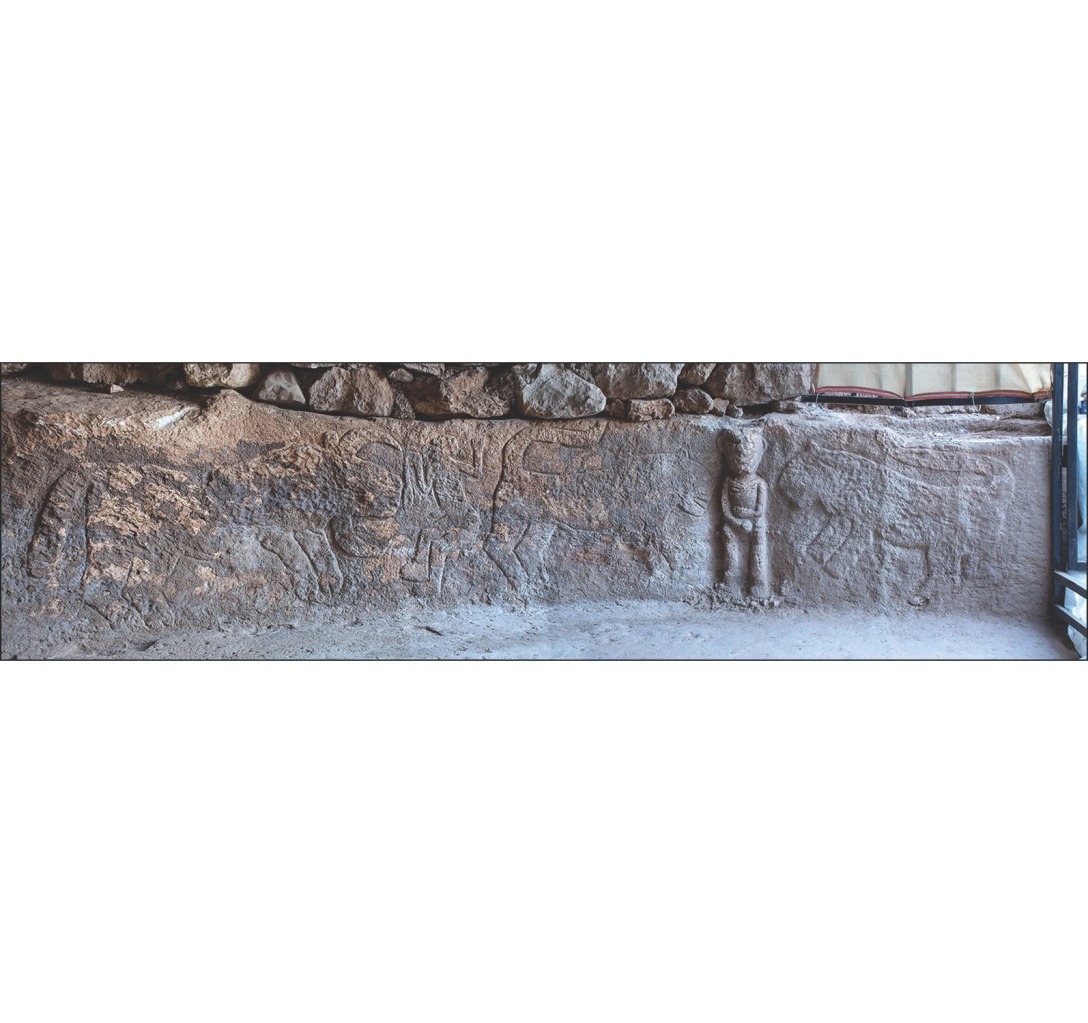
The research “describes an 11,000-year-old complex at Sayburç, with several residential buildings and a large communal structure. The engraving was found on benches that line the walls in a communal area.
“Both panels portray a person facing dangerous animals—the flat relief on the left shows a squatting male figure holding a rattle or a snake against a bull, while the right shows a male figure in high relief holding its phallus as leopards approach from both sides.
This human figure features a round face, large ears, and bulging eyes, and is wearing a triangular-shaped neckband. The horns of the bull and the teeth of the leopards are especially emphasized, which serves to heighten the danger in each scene.”
Ultimately, “as humans became accustomed to more sedentary lifestyles, carvings and other visual representations of previous oral storytelling and traditions may have become a new connection point, a method for remembrance in a changing world. Events or stories may have been told through the medium of carving.”
Rare Bronze Box, Altar, Sacrificial Relics, and Mythical Bronze Creature Unearthed at Sanxingdui
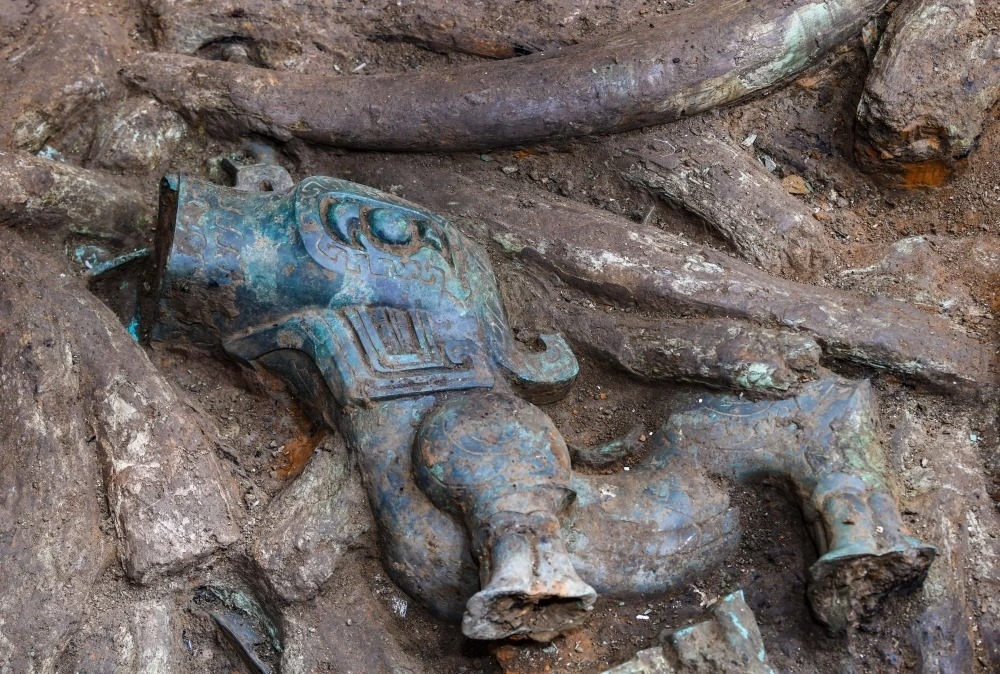
Last year, the archaeological site Sanxingdui saw the discovery of two-millennia-old gold masks. This year the site yielded quite a few memorable finds including a rare bronze box and altar among 13,000 sacrificial relics, as well as a 3,000-year-old mythical bronze creature. The relics have shed light on the Shu civilization and date back to the Shang Dynasty (1600 BCE–1046 BCE).
‘Once-in-a-Lifetime’ Female Grave Uncovered in England
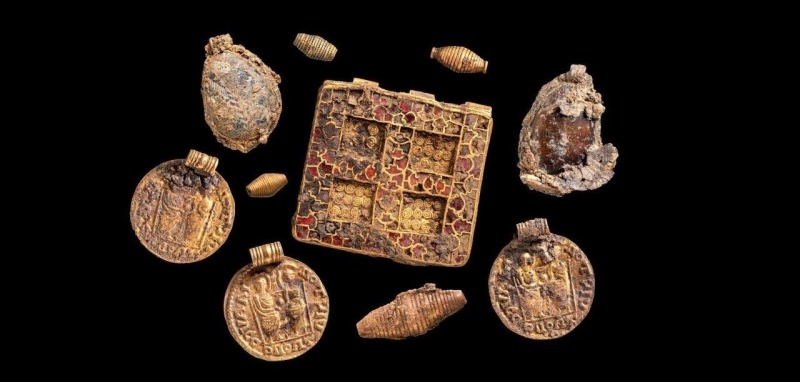
“Among the finds was an extravagant 30-piece necklace with a number of pendants made of gold Roman coins, as well as semi-precious stones and decorated glass pendants set in gold. A large rectangular pendant made of red garnets and gold with a cross motif would have been the centerpiece.
“Additionally, a large cross was found and is still being excavated, along with unusual silver casts of a human face with blue glass eyes. Archaeologists believe that the size of the cross suggests that the woman may have been an early Christian leader.”
Earliest Known Mayan Calendar Found in Guatemalan Pyramid

“Amid the hieroglyphic texts adorning the murals of Las Pinturas comes a single date: 7 Deer. This hieroglyphic is the earliest known evidence of the Mayan calendar. Much of the remaining mural was destroyed, so it is not known what the date referred to or if it was accompanied by other dates.”
Pyramid of a Previously Unknown Queen, Hundreds of Mummies Discovered in Egypt
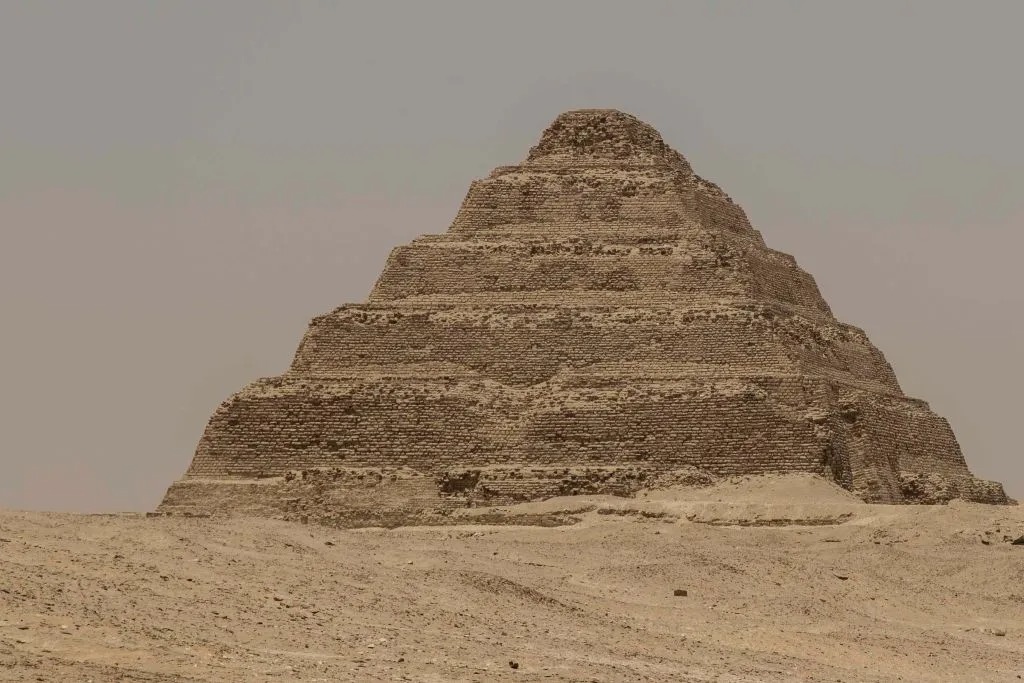
“‘Burials from the New Kingdom were not known to be common in the area before, so this is entirely unique to the site,’ explained [Egyptologist Zahi] Hawass. ‘The coffins have individual faces, each one unique, distinguishing between men and women, and are decorated with scenes from the [ancient Egyptian funerary text] Book of the Dead. Each coffin also has the name of the deceased and often shows the Four Sons of Horus, who protected the organs of the deceased.’
“Inside the coffins, archaeologists found the bodies of well-preserved mummies. Despite opportunities for decay and looting, the mummies remained untouched and in good condition.
“Additionally, inside the coffins and tomb shafts, they also found artifacts such as games, small figurines known as shabtis, and statues of the god Ptah-Sokar, who represents the cycle of birth, death, and resurrection.
“A pyramid commemorating a previously unknown queen named Neith was also discovered. ‘It is amazing to literally rewrite what we know of history, adding a new queen to our records,’ Hawass told LiveScience.”
Archaeologists have uncovered a number of significant finds at Saqqara this year such as five painted tombs, the tomb of an ancient dignitary, and a sarcophagus belonging to King Ramses II’s treasurer.
Experts Reveal Who Is Inside the Mysterious Sarcophagi Found Beneath the Notre-Dame Cathedral
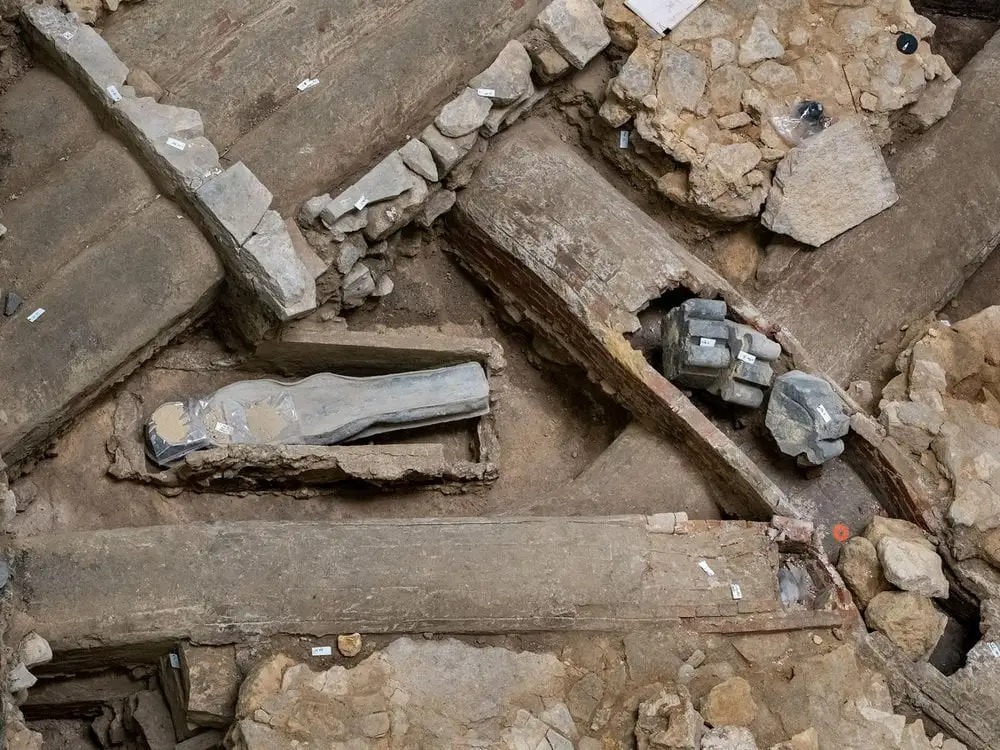
“Three years ago, the world watched in horror as a fire engulfed Paris’ beloved Notre Dame Cathedral. Restoration work began swiftly thereafter and, almost immediately, yielded incredible discoveries in the depths of the church.
“Two lead sarcophagi were salvaged from an ancient graveyard, inspiring speculation over who—or what—they contained. After months of research, French archaeologists have revealed the identities of the entombed.
“The sarcophagi respectively hold the remains of a high-ranking clergyman who led a largely sedentary life, according to an inscription on his coffin, and a young nobleman who likely suffered from chronic illness before his death.”
168 Newly-Identified Geoglyphs Added to Peru’s Nazca Lines
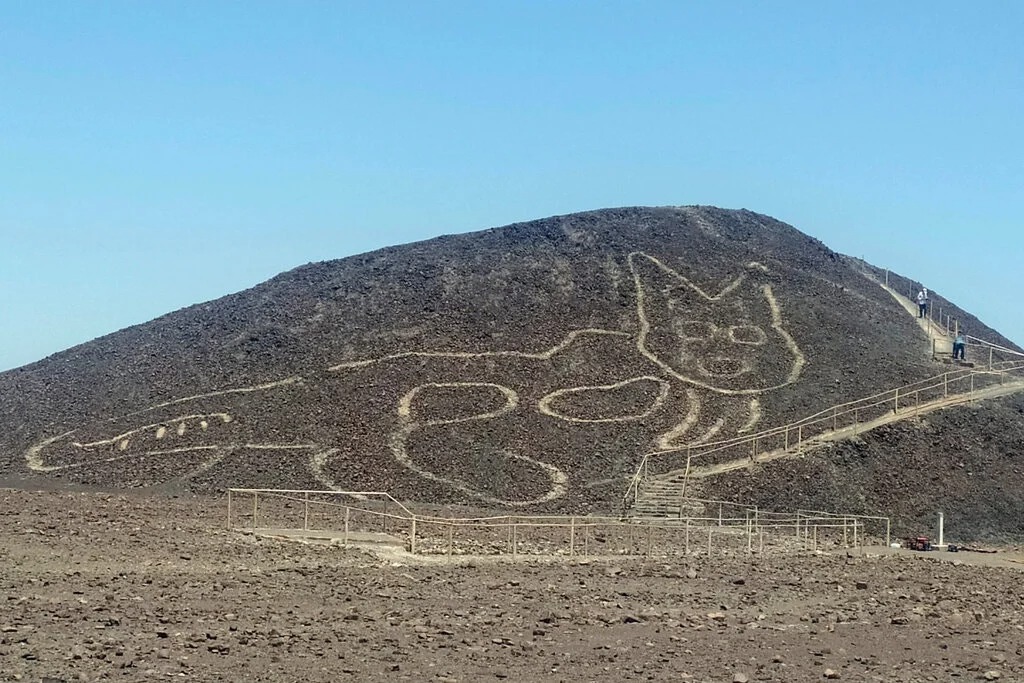
“The geoglyphs, which date between 100 BCE and 300 CE, depict humans, camelids, birds, orcas, felines, and snakes. Measuring less than thirty-three feet in diameter, they were created by removing black stones from the earth’s surface to expose the white sand beneath and were primarily distributed along ancient trails.”
“This latest discovery adds to 190 previously identified geoglyphs between 2004 and 2018, which led to the establishment of an archaeological park in the Aja area by the Peruvian Ministry of Culture in 2017. While there are a range of theories that the Nazca geoglyphs depict deities, are a form of irrigation, and are a calendar with astrological alignments, the purpose of the Nazca geoglyphs is ultimately unclear.”
Ancient Snacks and Animal Bones Found in the Sewers of Rome’s Colosseum

“Archaeologists have found 1,900-year-old remains of fruits, nuts, and meats in the Colosseum’s drainage system, possibly indicating the types of snacks enjoyed by spectators.
“Researchers also discovered the bones of lions, leopards, bears, and small dogs—likely the remains of fights and hunting games held within the ancient arena—as well as the brick stamps of emperors who promoted the construction and restoration of the underground infrastructure.”
The remains give some idea as to what Roman spectators would have eaten while watching games in the famous arena.
Earliest Known Depictions of Two Biblical Heroines Found in an Ancient Synagogue
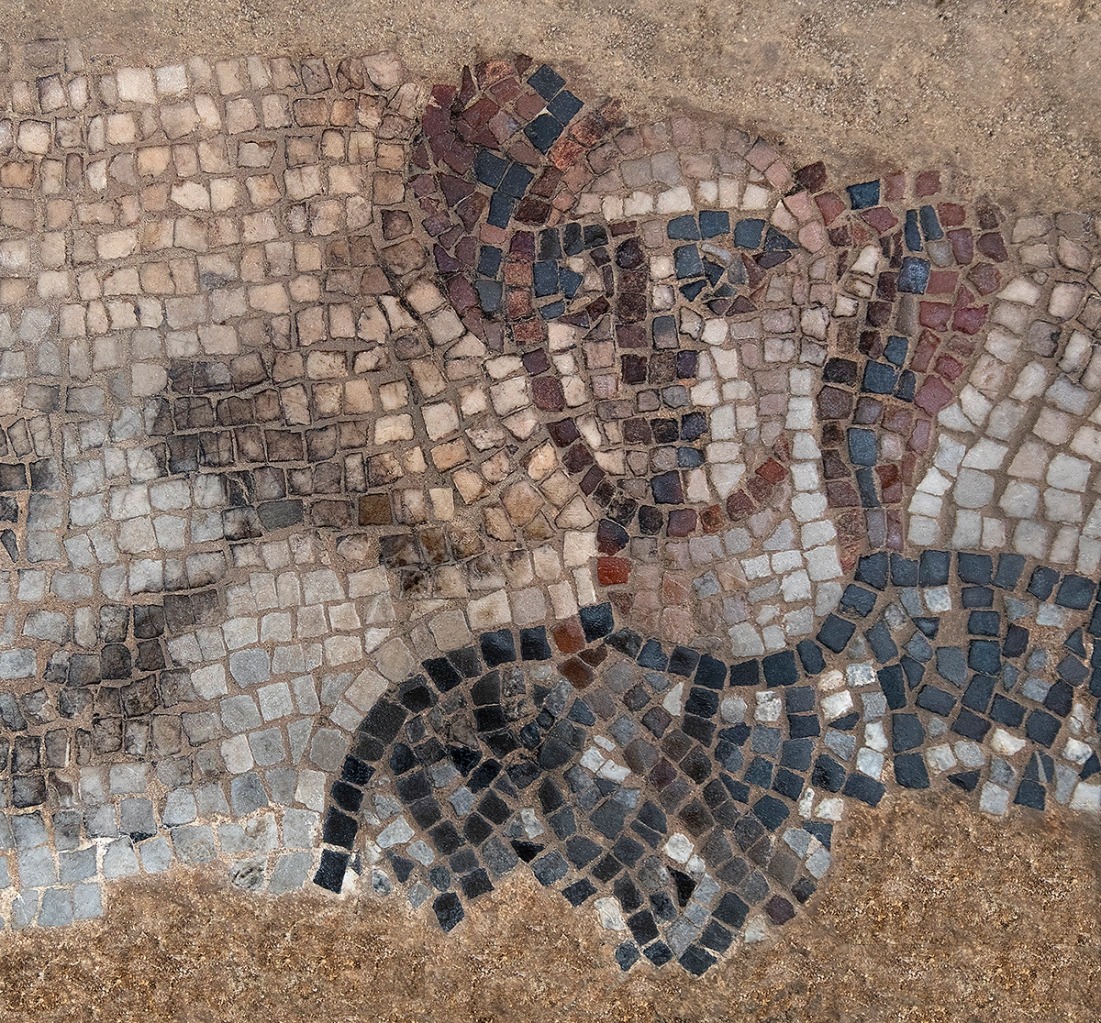
“A team of specialists and students led by UNC-Chapel Hill professor Jodi Magness found a large mosaic panel depicting scenes described in Chapter 4 of the book of Judges, in which the prophet Deborah and military commander Barak lead the Israelites to victory over general Sisera and the Canaanite army. Following the battle, Sisera sleeps in the tent of the Kenite women, Jael, who drives a stake through his head and kills him.
“The uppermost section of the mosaic shows Deborah under a palm tree as she looks at an armed Barak holding a shield. The middle section, of which only a small part is preserved, depicts Sisera seated. The lowest section shows Jael hammering a tent stake through Sisera’s head as he bleeds and lies dead on the ground.
“’This is the first depiction of this episode and the first time we’ve seen a depiction of the biblical heroines Deborah and Jael in ancient Jewish art,’ Magness said in the statement. ‘Looking at the book of Joshua chapter 19, we can see how the story might have had special resonance for the Jewish community at Huqoq, as it is described as taking place in the same geographical region—the territory of the tribes of Naphtali and Zebulon.’

Leave a Reply